KUALA LUMPUR, Feb 29 — Kao kha moo or stewed pork leg rice is a popular Thai street food. In Bangkok, nearly every soi (street) will have a stall or motorcycle vendor offering this salty-sweet and collagen-rich dish with hot steamed rice, some greens and pickles, and a braised egg.
A Thai Chinese friend told me that kao kha moo is a hallmark of Thai Chinese cuisine, specifically the culinary import of Teochews who migrated to Thailand centuries ago. (He is of Teochew descent himself, so I’d trust his opinion.)
Kao kha moo is not a quick dish to eat (nor, indeed, to make, requiring as it does hours of slow simmering). Which makes it an easy dish to miss for tourists who prefer the grab-and-go convenience of moo ping (pork skewers) or packets of kao niao mamuang (mango sticky rice).
Which is a pity, because they don’t know what they are missing. In fact, this is one Thai street food that I particularly miss when I’m back in Malaysia.
But who’s to say we have to be in Bangkok or Chiang Mai to enjoy this? Did you know that you can get some fantastic kao kha moo in KL too?
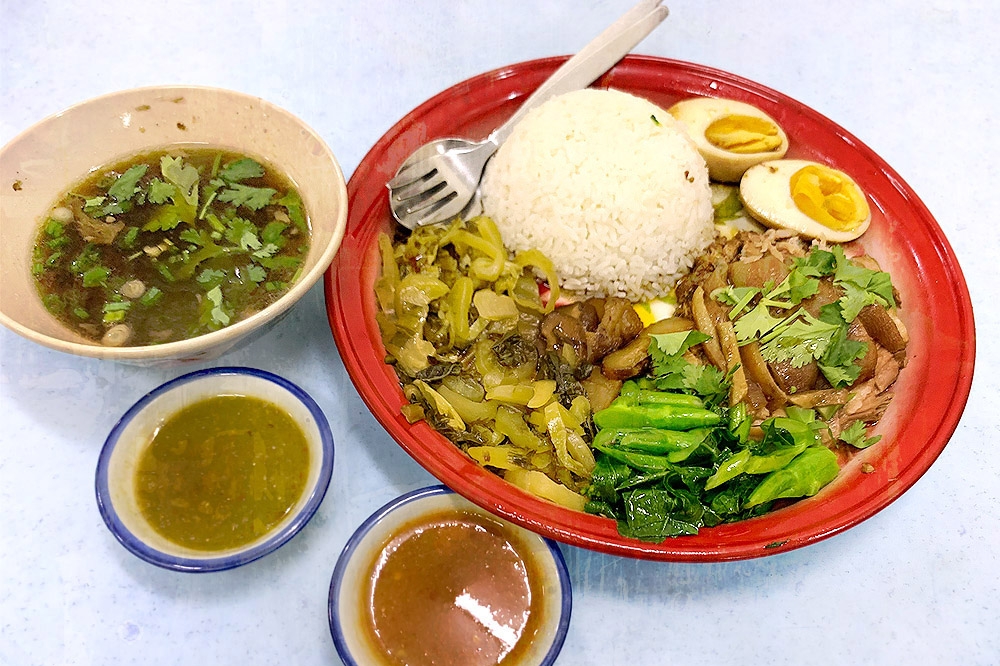
My first pick for a stellar rendition of kao kha moo is Ne.Nenebubu TomYum World. The shop is situated in a quiet enclave just off Old Klang Road, with more offices than eateries. It’s a bit of a blink-and-you’ll-miss-it location.
When I first started visiting Ne.Nenebubu TomYum World, my introduction to their menu was through some of my favourite Thai street food in Bangkok. There is something indescribably comforting about a bowl of Mama tom yam with moo ping or some Thai-style dry pork ball noodles (mi lookchin moo haeng).
Yet it is their kao kha moo that has me returning time and again.
We eat with our eyes first, they say. If so, Ne.Nenebubu TomYum World offers a feast in miniature when they bring a striking red enamel platter to our table.
The separate components of kao kha moo are arranged beautifully: a giant mound of white jasmine rice; a generous portion of sliced ham choy (pickled Chinese mustard greens); some blanched kailan; two halves of a braised hard boiled egg, its yolk still jammy; an unexpected spot of braised shiitake mushrooms.
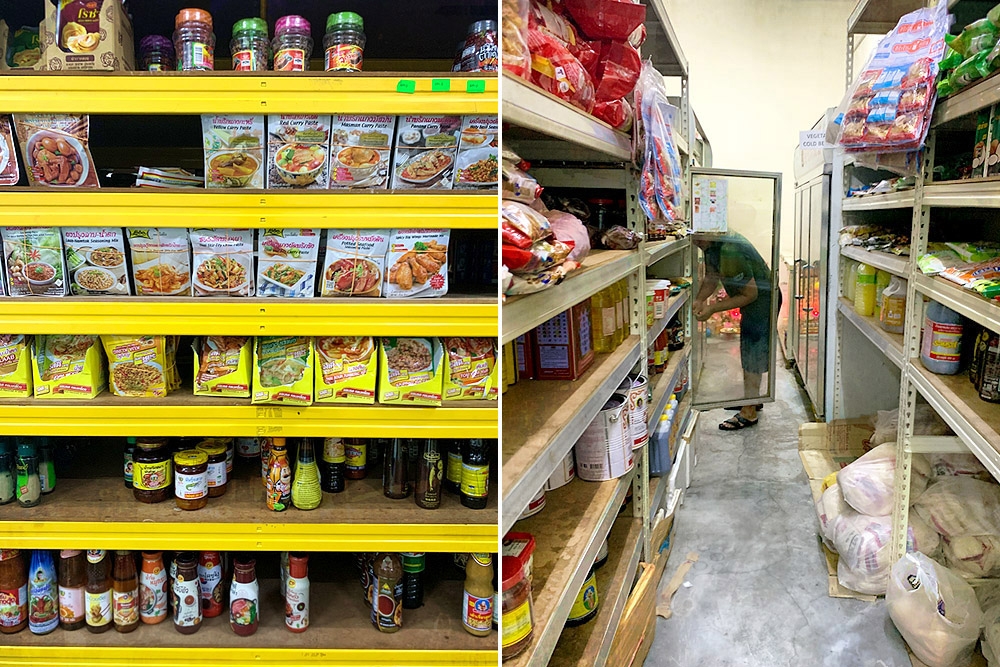
And the stewed pork leg, of course. Ne.Nenebubu TomYum World delivers tender meat juxtaposed with luscious fat; that perfect ratio of chew meets melt-in-your-mouth (or quite nearly).
The gravy itself is rather mild, which makes it easier to enjoy for those who eschew stronger, gamier flavours.
This is accompanied by a bowl of broth that the pork leg has been stewed in, which explains its darker colour, and a saucer of vibrantly red chilli sauce (which isn’t as spicy as its hue might indicate).
Every mouthful is a taste of home... if home is an abode in Yaowarat or Talat Noi.
Another reason for repeat visits is how Ne.Nenebubu TomYum World also doubles as a Thai grocery shop, with various products and ingredients sourced directly from Thailand. Bottles of nam pla (fish sauce) and a plethora of pastes for different curries (gaeng) line the shelves.
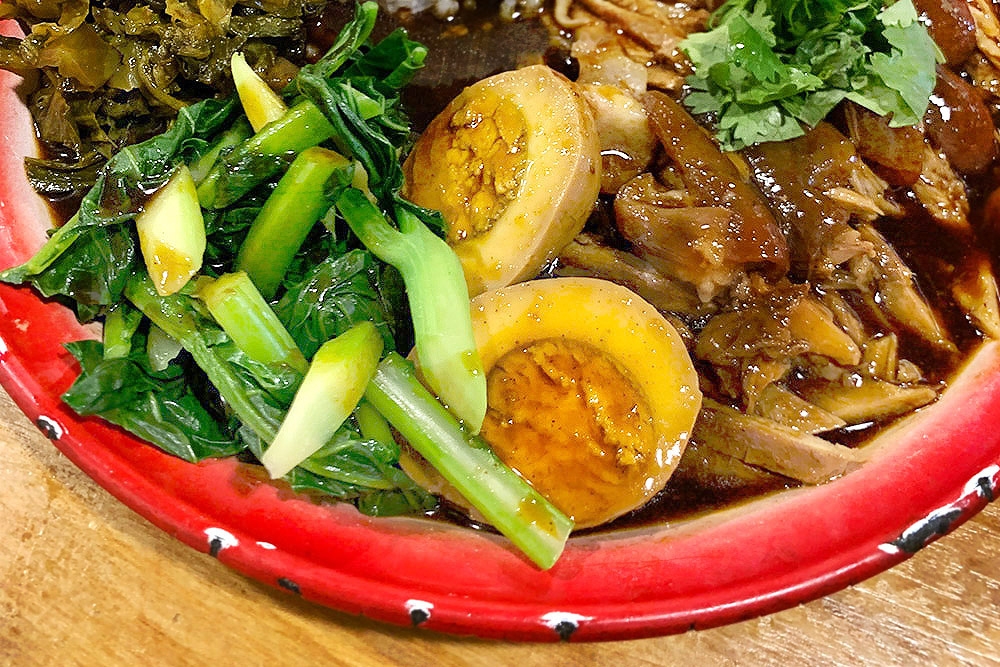
Quite an enticement for those who are hankering to cook their own pad krapao moo sap (rice with stir-fried holy basil and minced pork) at home.
For a more robust take on kao kha moo, however, I would head to Thai Chala in Sri Petaling. Unlike Ne.Nenebubu TomYum World, which is owned by a Malaysian Chinese, Thai Chala was started by a chef who hails from Hat Yai in southern Thailand.
Which explains why the menu’s signature item is their gai tod Hat Yai or Hat Yai fried chicken, the craggly crust elevated further by a shower of aromatic fried shallots.
Other must-order dishes include their Thai-style omelette or khai jiao, its edges fluffy and crispy whilst the centre remains delectably custardy; pad moo kratiem or rice with fried garlic pork; and khanom chin rice noodles with green curry chicken.
For many regular customers though, the real star of Thai Chala’s extensive menu is their kao kha moo. This is also served in a red enamel platter (perhaps a standard practice for this dish, though I haven’t observed a similar practice in Bangkok).
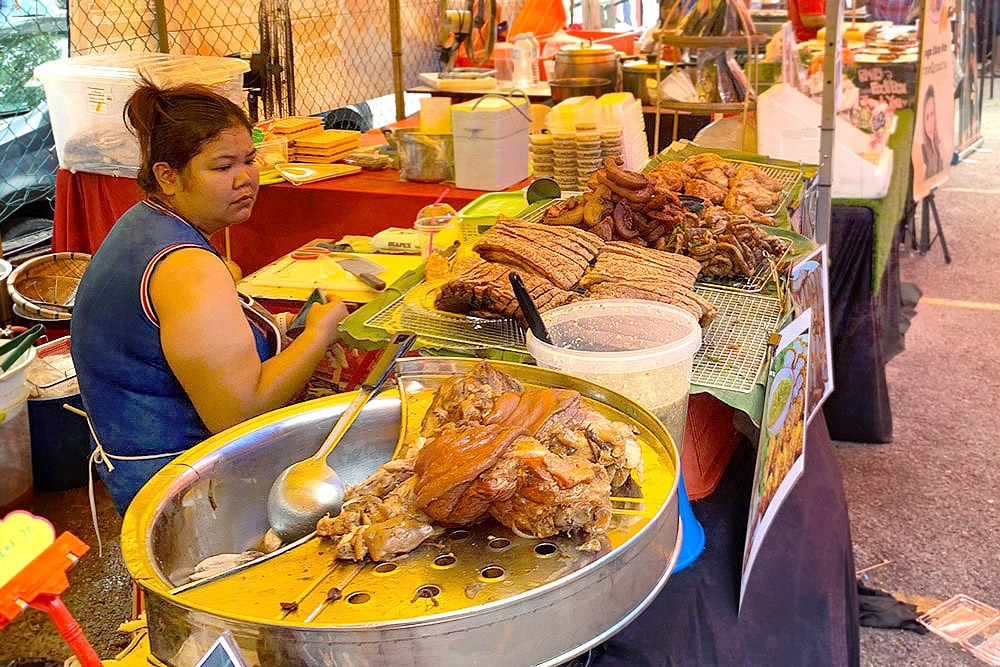
Here, the chef has a heavier hand with the seasoning. The flavours of the stewed pork leg are deeper; you can taste the star anise and cinnamon more clearly, with a subtle undercurrent of cilantro roots and peppercorns.
Thai Chala’s kao kha moo gravy is sweeter too, perhaps from the use of palm sugar. The result is very appetising, especially when every last grain of steamed rice has soaked up the sumptuous sauce.
Come with a ready appetite; Thai Chala is known for their generous portions (in contrast with how dishes are typically served in Thailand, where smaller sizes mean you can table or stall hop when hunting down street food). A glass of cha yen (Thai iced milk tea) might help avert any post meal food coma.
Or simply walk it off.
One benefit of indulging in some postprandial exercise is encountering delights you would not have otherwise experienced. After one visit to Thai Chala, my friend and I went for a walk in Sri Petaling and stumbled upon a pop-up Thai food market just a street away.
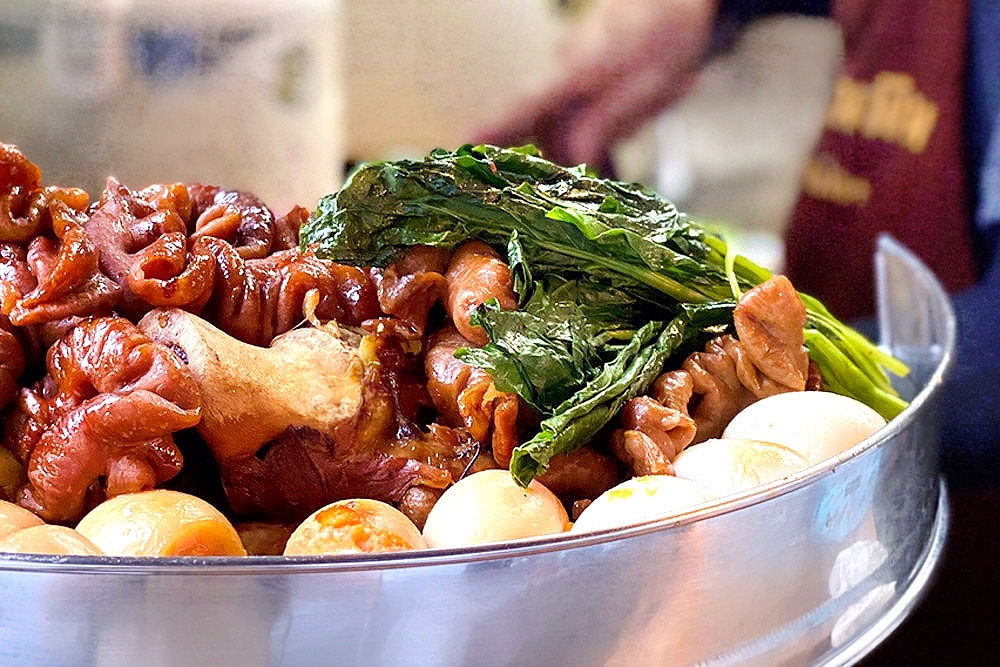
The first stall we came across was selling — you guessed it — kao kha moo! How heartwarming to see this iconic dish prepared the way it would be in Bangkok, in a large aluminium steamer vat that helps keep the stewed pork leg warm.
Absolutely slow braised goodness. Full as we were, we were tempted to get some more, as takeaway.
Which is yet another reminder that we don’t have to be in Thailand to enjoy some truly authentic Thai fare. At the very least, we know where to get some of the best kao kha moo in KL now, don’t we?
Ne.Nenebubu TomYum World
15, Jalan 2/137B, Resource Industrial Centre, Off Old Klang Road, KL
Open daily (except Sun closed) 11:30am-9pm
Phone: 016-494 3497
Web: nenenebubu-oneworld-cuisine.business.site/
Thai Chala
15, Jalan Radin Tengah, Bandar Baru Sri Petaling, KL
Open daily 11:30am-10:30pm
Phone: 017-218 5992
*This is an independent review where the writer paid for the meal.
*Follow us on Instagram @eatdrinkmm for more food gems.






















